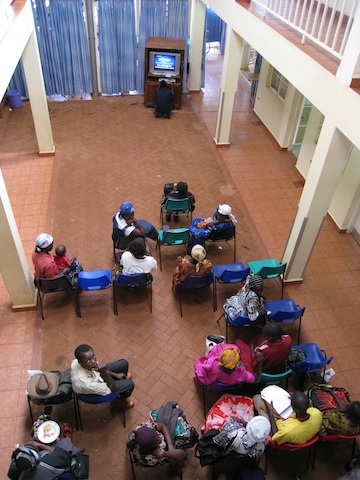Citation:
Abstract:
This case traces the development of The AIDS Support Organization (TASO), a Ugandan non-governmental organization, from 2001 to 2006. One of the first organizations to become involved in HIV/AIDS in the late 1980s, TASO began as a meeting place for people infected and affected by HIV/AIDS, helping people to live positively. The organization provided free counselling, social support, limited medical care, community mobilizing, advocacy and networking. TASO worked alongside government facilities and trained government medical personnel in HIV counselling. After many years, TASO got a new director who brought management skills, a commitment to professionalizing the organization, and a drive to expand services. TASO began incorporating antiretroviral therapy (ART) into its offerings. The ART delivery model combined home and clinic-based care in order to maximize patient adherence. The case follows the development of the organization and scale up of services and raises the question of how to deliver care most cost effectively while maintaining its values and meeting the changing needs of the population and clients.
Teaching Note available through Harvard Business Publishing.

Training health workers to care for HIV/AIDS patients in Uganda. Credit: Sarah Kleinman; TASO
Learning Objectives: Students should learn how a healthcare delivery organization can expand and evolve over time in response to changes in external context and the needs of its clients; how public and private organizations can coordinate to meet the varied needs of a population; and the importance of leadership, management, and strategic vision in creating successful global health programs.
Keywords: Service expansion, Home- and clinic-based care, HIV prevention and treatment.